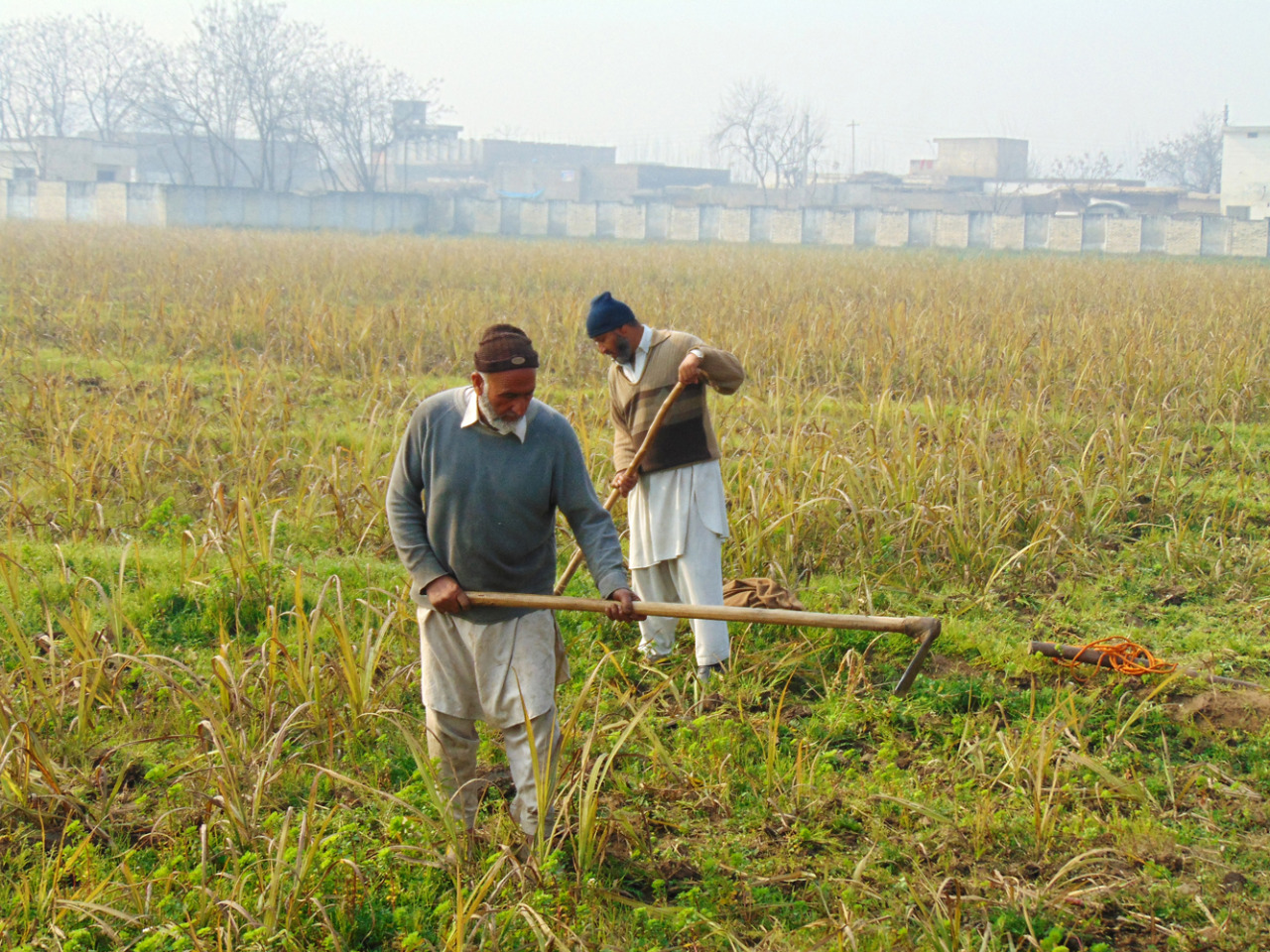
Sugarcane Weeds
Unwanted, undesirable and out of place plants in crop plants are referred to as weeds. They compete with the main crop for light, water, and nutrients. It has been noted that weeds remove more than double the amount of N, P, and K than taken by sugarcane crop during the first 50 days period. Some grasses like Cynodon dactylon, and Imperata cylindrical have been known to harbor ratoon stunting disease of sugarcane as alternate hosts. In sugarcane crop they inflect a damage of 12 to 72% depending on severity of infestation. Therefore they should be eradicated within the crop cycle on appropriate times so that sugarcane yield is not affected negatively.
Major weeds of sugarcane consist of Sedges, Grasses, and Broad leaved weeds. Sedges are perennial, grass like weeds and grown in bunches or clusters. Cyperus Rotundus comes under this category and can be found in sugarcane crop. Grasses are weed plants having short plants with long narrow leaves. Example of grasses are Cynodon dactylon, Sorghum halepense, Panicum spp., and Dactylocterium aegyptium. Broad leaved weeds, as the name indicates have broader leaves as compared to sedges and grasses. For instance, Chenapodium album, Convolvulus arvensis L., Amaranthus viridis L., Portulaca oleraceae L., Commelina bengalensis L., and Trianthema portulacastrum L. are some common broad leaved weeds of sugarcane. Fahim and Zafrullah (2015) conducted a survey in Mardan and Charsadda area. Scandix weed spp. was considered to be a big problem in sugarcane field by 96% of the farmers under survey. It was followed by Sorghum helepense, and Cirsium arvense.
Some weed photos taken at SCRI, Mardan [by Mohammad Tahir, PhD, SRO (Sugarcane Breeding)]
Weed control methods
Manual control
Sugarcane weed control is very important in 30, 60, and 90 days after planting or until the time the crop canopy has covered the soils. Manual weeding should be done with implements both inter and intra-rows/ridges.
Mechanical control
Mechanical weeding can be carried out using tractor mounted cultivator. This needs an experienced driver and care should be taken not to damage the sugarcane plants.
Video showing mechanical weeding at SCRI, Mardan
Chemical control
In the absence of manual/mechanical control weeds could be suppressed using weedicide chemicals. For sugarcane Ametryn and Atrazin @ 1 kg/100 liters of water should be sprayed after first or second irrigation in watar (moist) condition. Krismat 75 WG @ 400 grams/acre (post emergence herbicide for both broad leaved and grass weeds) should be sprayed 40 to 45 days after planting i.e. when the weeds are in 3-4 leaf stage.
References:
- http://agropedia.iitk.ac.in/content/weeds-sugarcane
- http://agritech.tnau.ac.in/agriculture/agri_weedmgt_sugarcane.html
Last updated on: October 11, 2021




